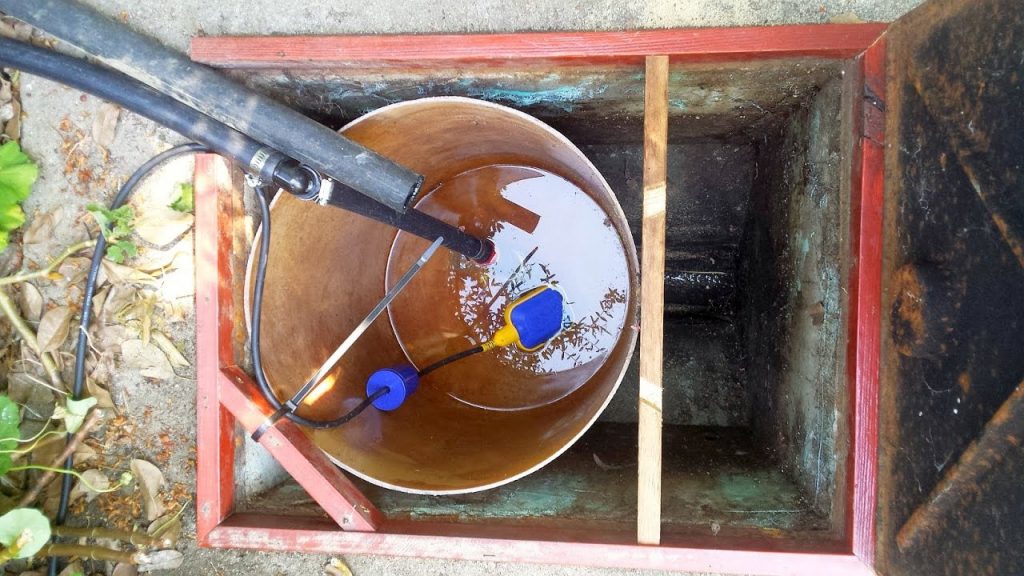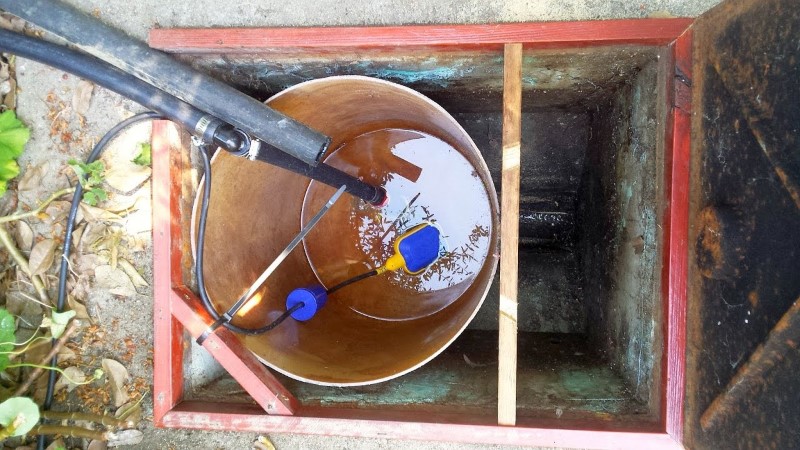
Your septic system is a heavy-duty performer. It doesn’t stop collecting and treating your wastewater so that the surrounding environment, the clean water supply, and your premises will remain healthy and safe. The septic tank is designed to carry a specific amount of wastewater. If the water load that enters the tank exceeds the said capacity, you will have an overflowing septic and a clogged up drain field with failed lateral lines. Whatever happens to the septic tank affects the lateral lines. The lateral lines in the drain field are perforated pipes that help distribute the pre-treated effluent evenly throughout the entire drain field to purify and clear it of all solid waste particles before it is returned to the surrounding environment. If your lateral lines are clogged by the solid waste particles that get pushed into them from the septic tank, your entire system will fail.
If you think that you produce more water load than your septic tank can handle, you have to talk to your septic expert about installing a greywater system. Greywater is the wastewater from your washing machine, dishwasher, shower, sinks, and bathtub. It doesn’t contain human waste. On the other hand, blackwater is the wastewater that contains the toilet wastes. The greywater system helps your septic system by collecting the greywater, separating it from the blackwater. This decreases the amount of water load that your septic tank collects. The water pressure from an increased water load stirs up the solid waste particles in your septic tank. The stir up delays the decomposition process performed by the anaerobic bacteria. The solid waste particles and untreated wastewater are pushed into the drain field, drowning the aerobic bacteria. This results to an increased biomat population that further clogs the drain field and the lateral lines. If the lateral lines are clogged, the wastewater will backup into your home, flood your yard, and contaminate the surrounding environment. Even your clean water supply will be affected. You would have to consider burning a hole into several of your pockets because of the very expensive repairs and replacements that you have to pay for.
Using greywater systems to limit water going into your lateral lines is a practical way of prolonging the life of your septic system and making it more efficient. It collects and treats the greywater that you produce and even recycles it to water your lawn and flowering plants. Because of this indispensable recycling feature, you can save on your water bill. You can also save a lot from constant septic repairs that occasional roof runoff cause. You can also have the greywater system recycle water to flush your toilets.
As a responsible home or business owner, you should also make sure that your household reduces the amount of water that it consumes. You can do this by not having tub baths every day and by not letting the hose run on the lawn. You can also divert your rain gutter away from your septic area or lateral lines to prevent an immense flow of runoff from damaging the entire system. With greywater systems, you can be more at ease that your septic system has all the help it needs when it comes to helping you maintain a clean lining environment.
